Is your smartphone eavesdropping on you? It's a question that will never go away because it's easy to envision hackers or malicious apps taking over your device to spy on conversations, snap photos, or even record video. But fewer people will be asking it, thanks to Android 12, which has a new privacy feature that visually warns you of possible invasive surveillance.
Over the years, phone manufacturers have provided a way for users to control which apps have access to the device's camera or microphone. Virtually every smartphone has a permissions manager now, but those only help limit access to on-device features and prevent or stop possibly malicious apps before it's too late. What happens when an app bypasses your restrictions or goes unchecked?
Apple attempted to solve this security concern in iOS 14 when it introduced colored indicators. These visual alerts always show when the microphone is listening or camera is open, whether on purpose or maliciously activated. Android 12 includes a similar feature, meaning spyware's days of remaining undetected are numbered.
Android 12 provides users with transparency by displaying indicators when an app uses a private data source through the cameras and microphone app-op permissions. App-ops record accesses to runtime permission-protected APIs.
These privacy indicators are mandatory for all OEMs that use Android 12 on their devices. I'll discuss using these indicators on Google Pixel and Samsung Galaxy model devices. Other OEMs may incorporate some of the settings differently.
Using the Camera/Mic Privacy Identifiers
Any time an app on your Android 12 phone uses your camera or microphone, you'll see a privacy indicator — a green bubble with a camera or microphone icon — appear in your status bar. It only lasts a second before minimizing to a green dot in the corner of the screen.
When you launch other apps on top of the one that's using your microphone or camera data, the green bubble and dot will remain visible. That's required by Android 12, no matter which manufacturer's device you're using.

The microphone privacy indicator on a Google Pixel 4 XL.
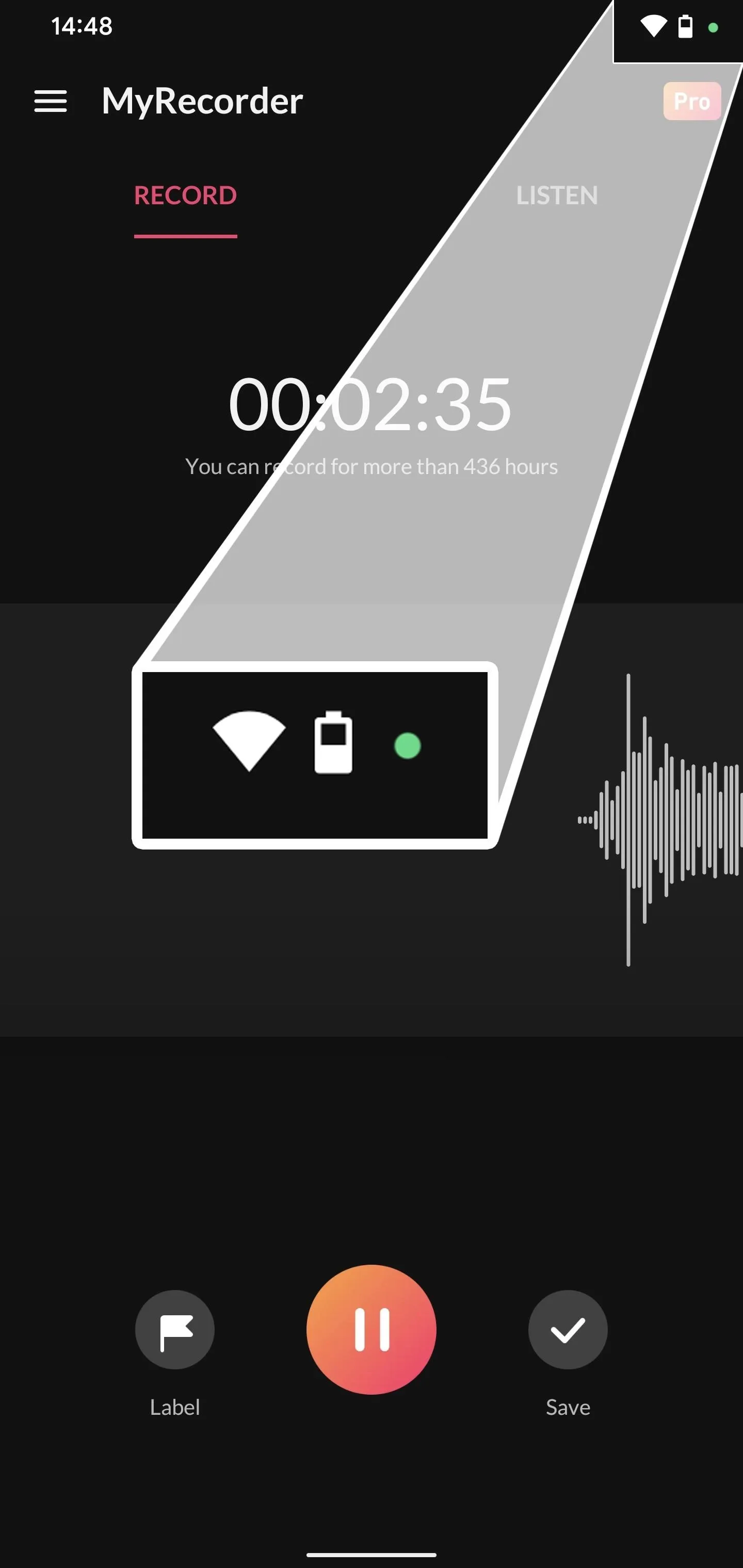

The camera privacy indicator on a Samsung Galaxy S20 Ultra 5G.


The microphone privacy indicator on a Google Pixel 4 XL.


The camera privacy indicator on a Samsung Galaxy S20 Ultra 5G.

You can see the green icon again by swiping your notifications open. Tapping the icon opens a dialog box that tells you exactly which app is listening to audio or recording video, and tapping that alert takes you right to the app's permissions. These are all more Android 12 requirements for OEMs to follow.
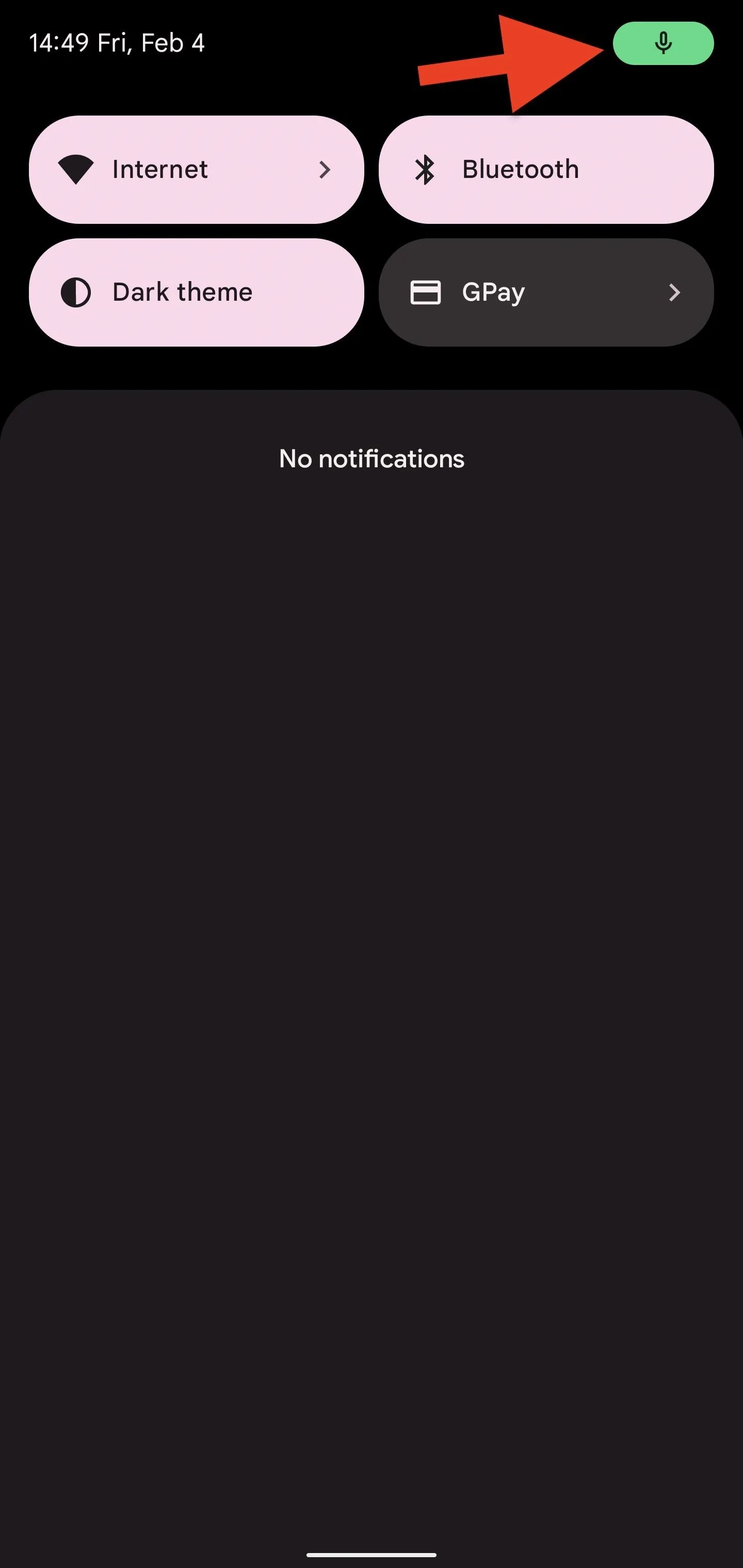
The privacy notification on a Google Pixel 4 XL.
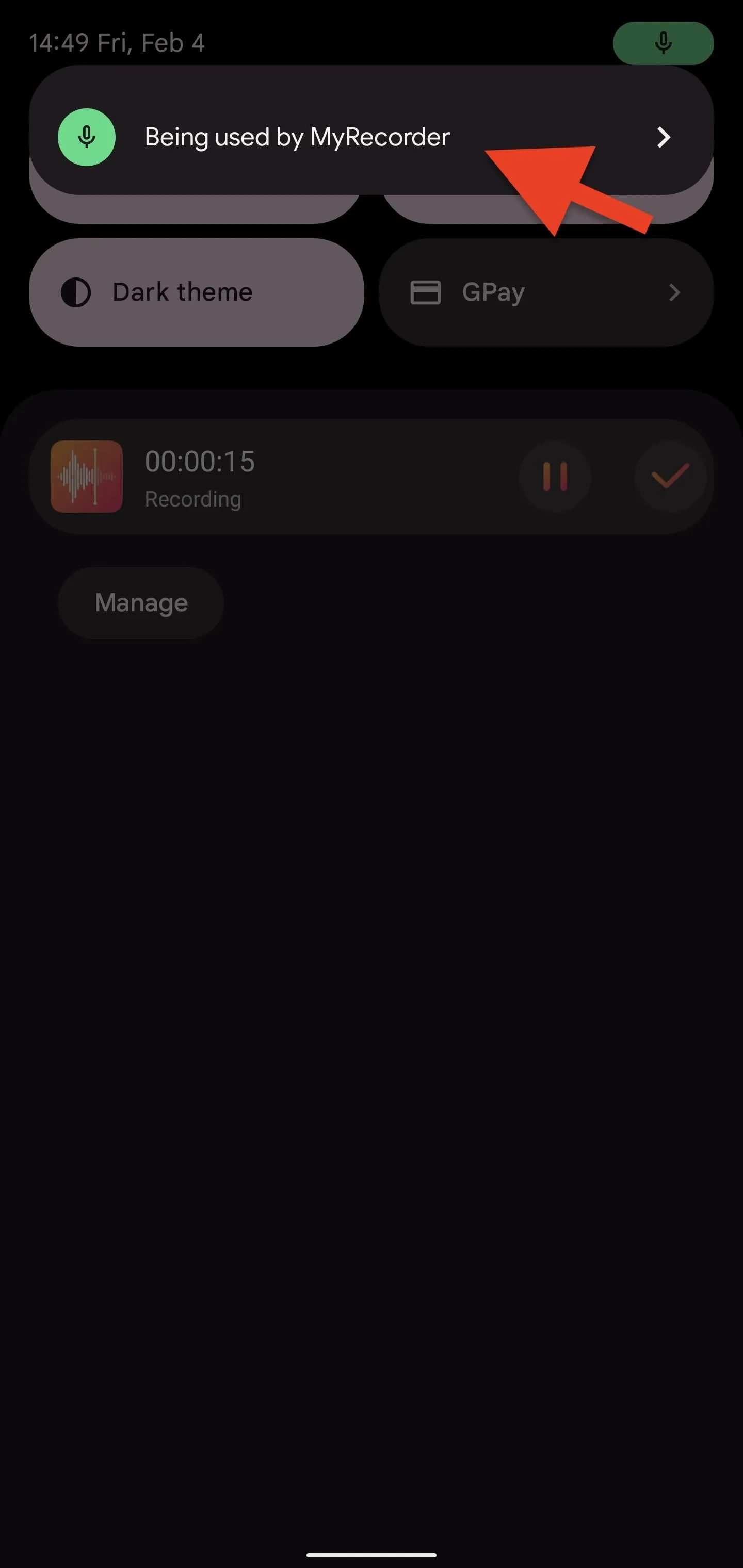
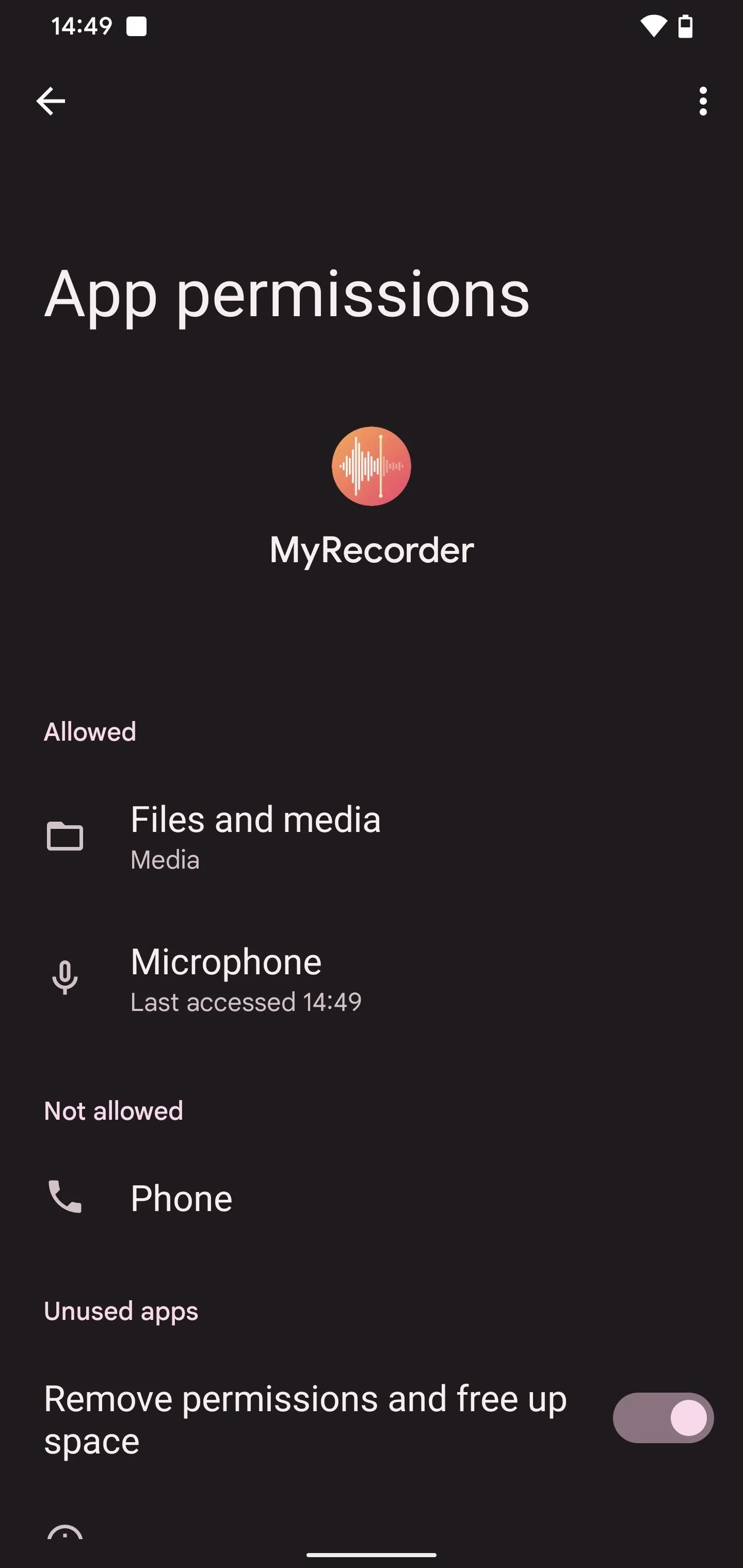
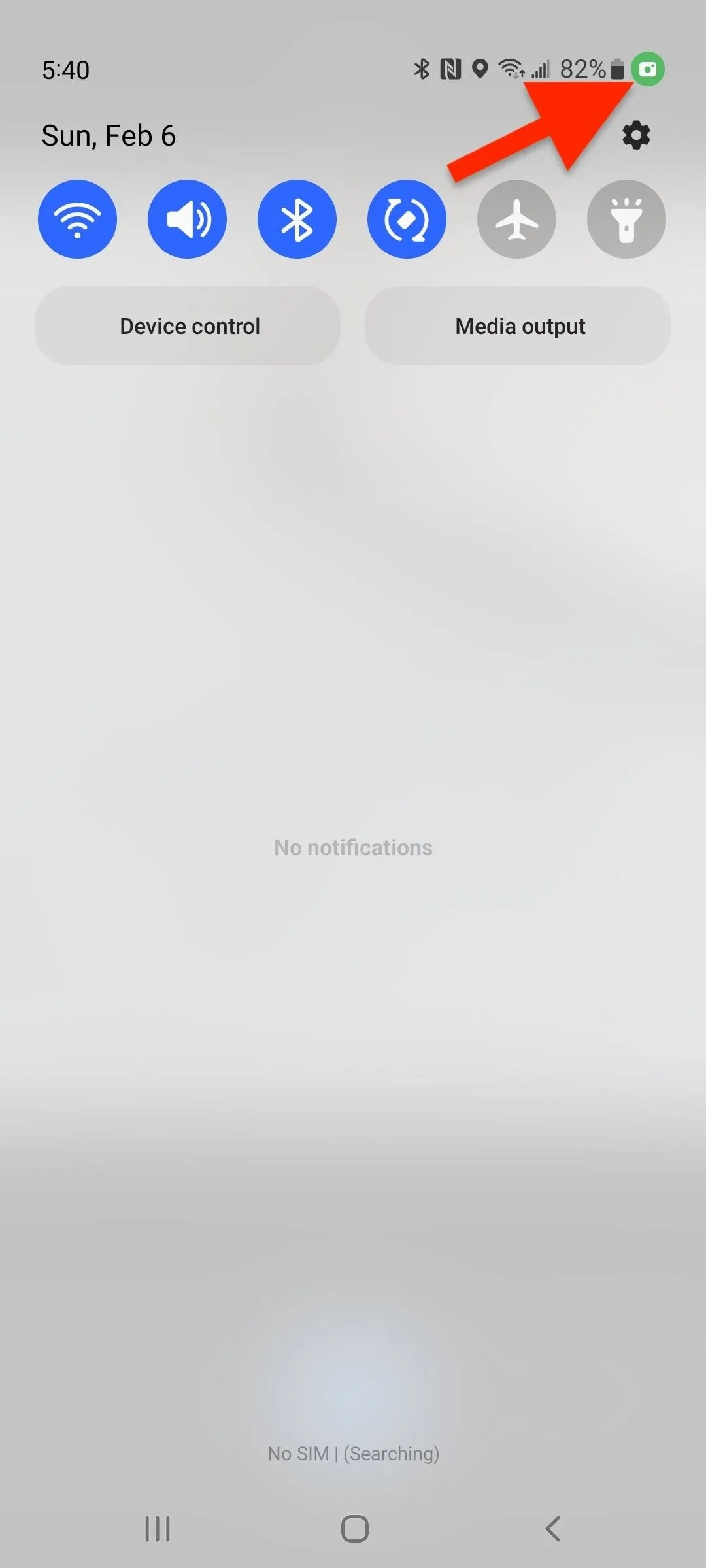
The privacy notification on a Samsung Galaxy S20 Ultra 5G.
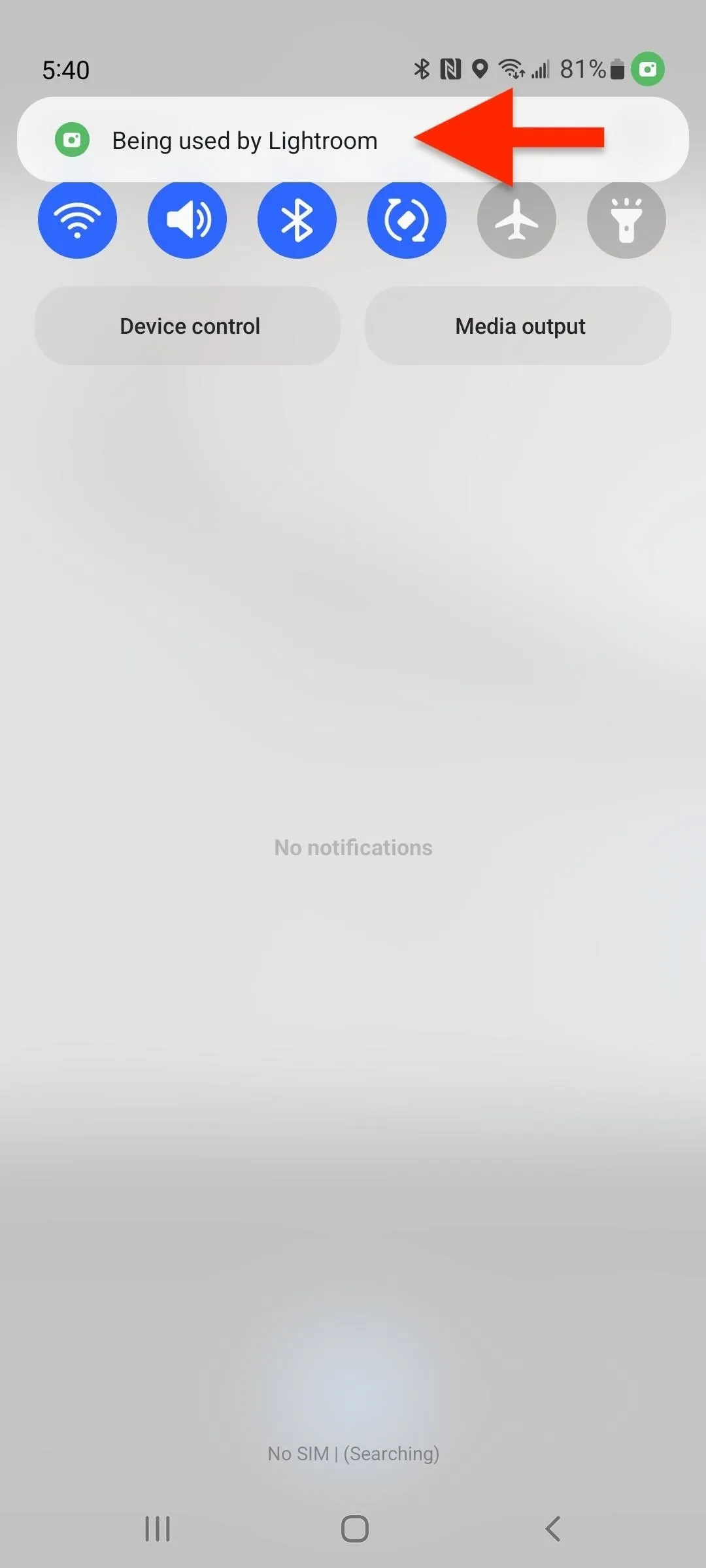


The privacy notification on a Google Pixel 4 XL.



The privacy notification on a Samsung Galaxy S20 Ultra 5G.


Using the Privacy Dashboard Settings
Android 12 also includes a privacy dashboard to see which apps accessed sensitive information or device features over the last 24 hours. To find the dashboard on a Google Pixel model, go to Settings –> Privacy –> Privacy dashboard. It may be located elsewhere for other OEMs. For instance, just go to Settings –> Privacy on a Samsung Galaxy model.

Google Pixel 4 XL (left) vs. Samsung Galaxy S20 Ultra 5G (right).
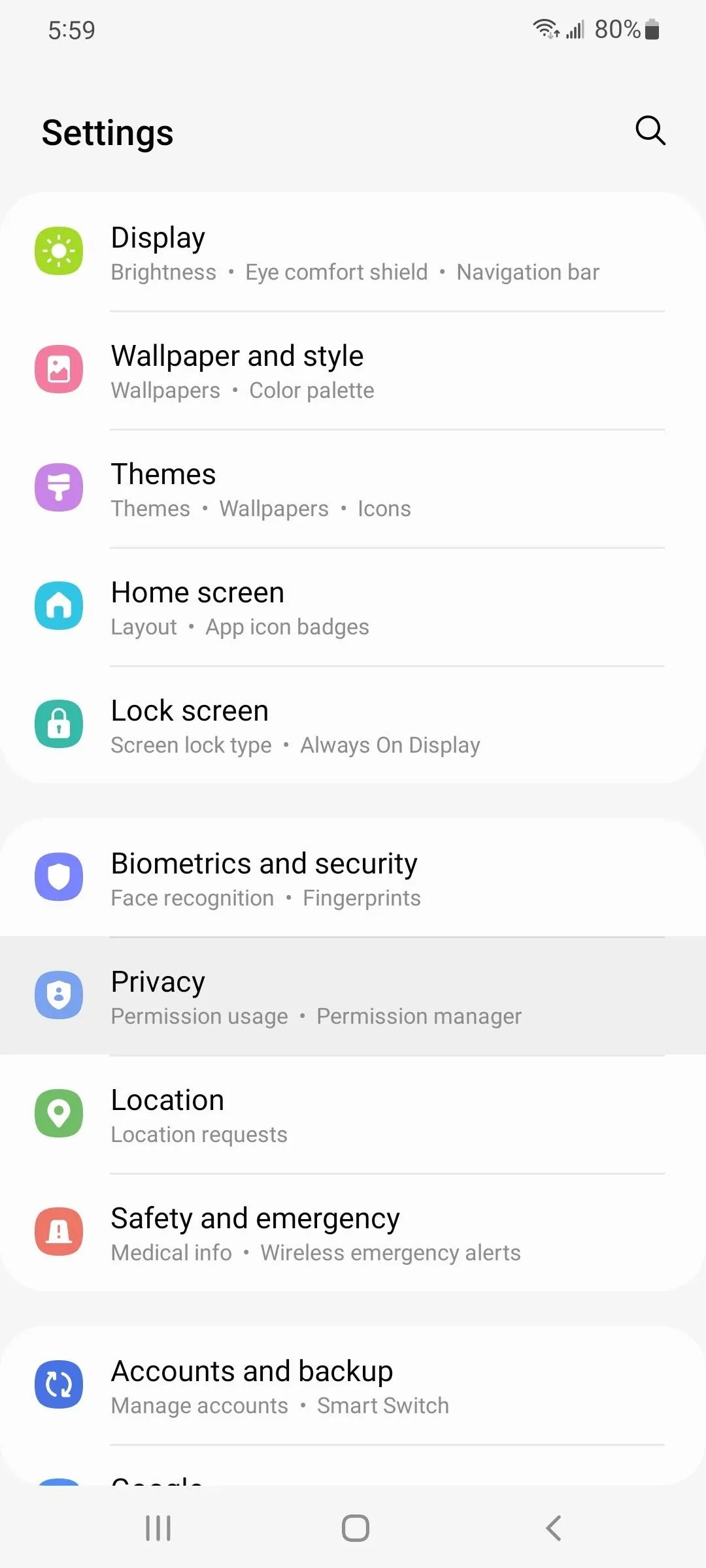

Google Pixel 4 XL (left) vs. Samsung Galaxy S20 Ultra 5G (right).

Anything used over the last day will appear in the chart and/or list. Tapping "See other permissions" (or "All permissions" on a Galaxy model) adds to the rest of the features to the list.
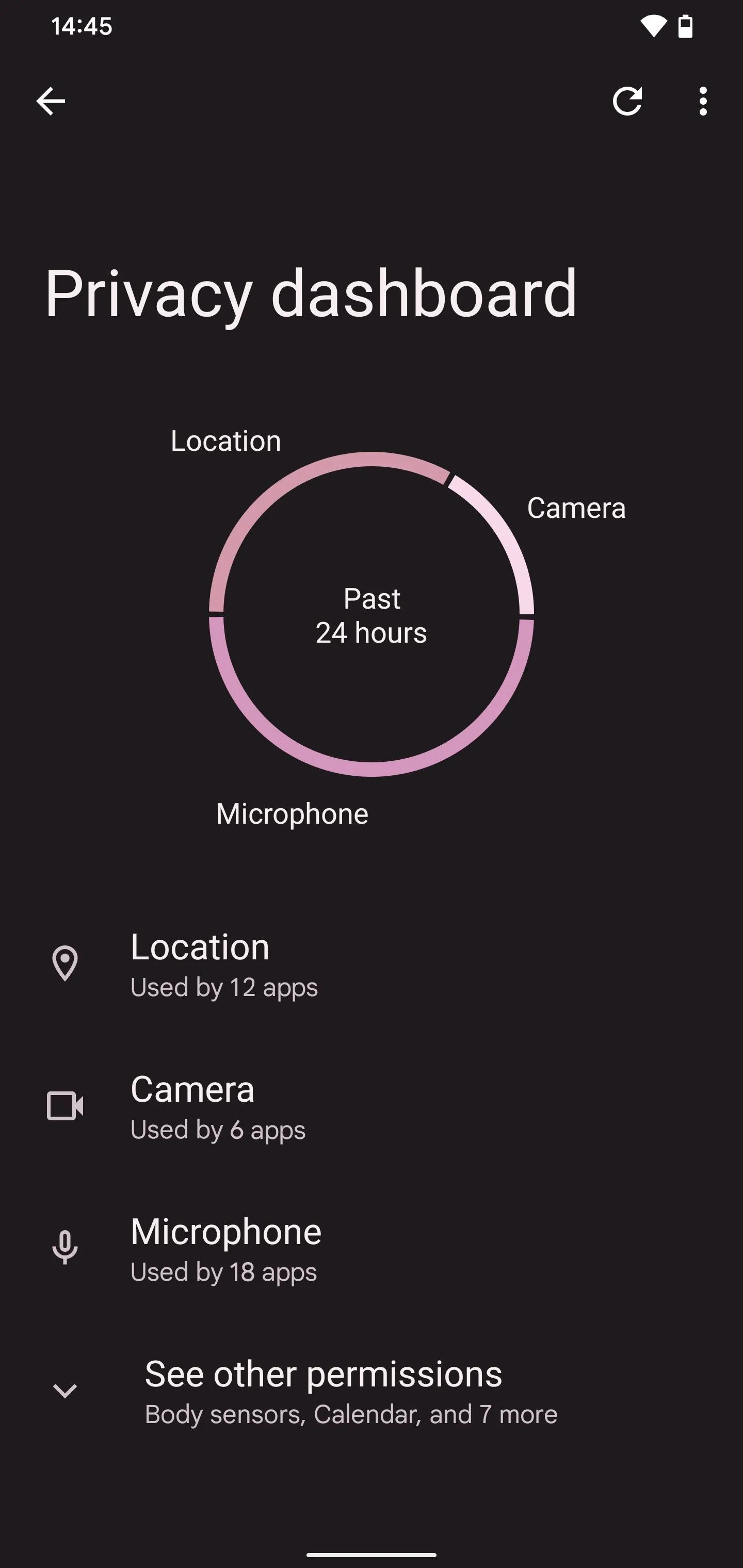
Google Pixel 4 XL (left) vs. Samsung Galaxy S20 Ultra 5G (right).
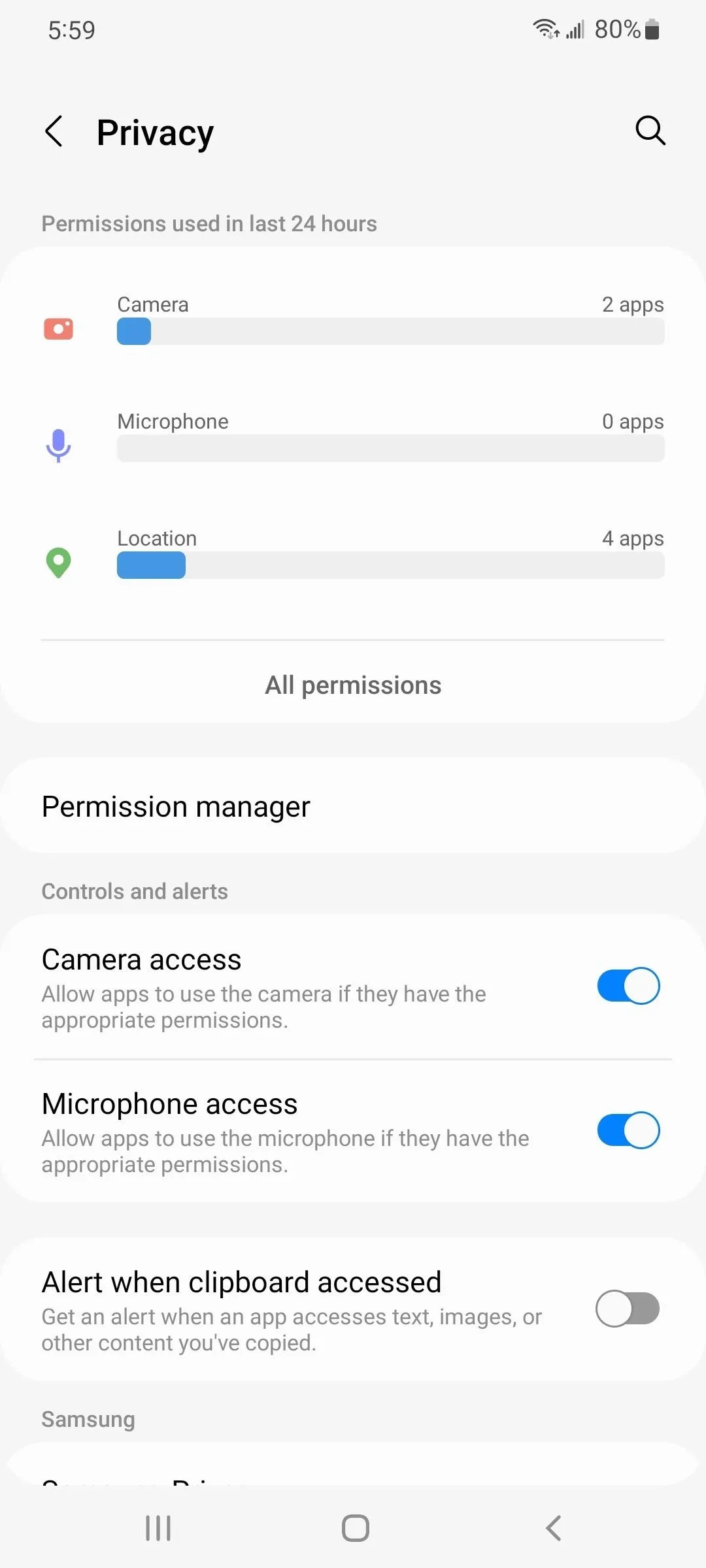

Google Pixel 4 XL (left) vs. Samsung Galaxy S20 Ultra 5G (right).

When you select an item that was used recently, you'll see all the apps that accessed it in a timeline, so you know precisely when each occurrence happened.
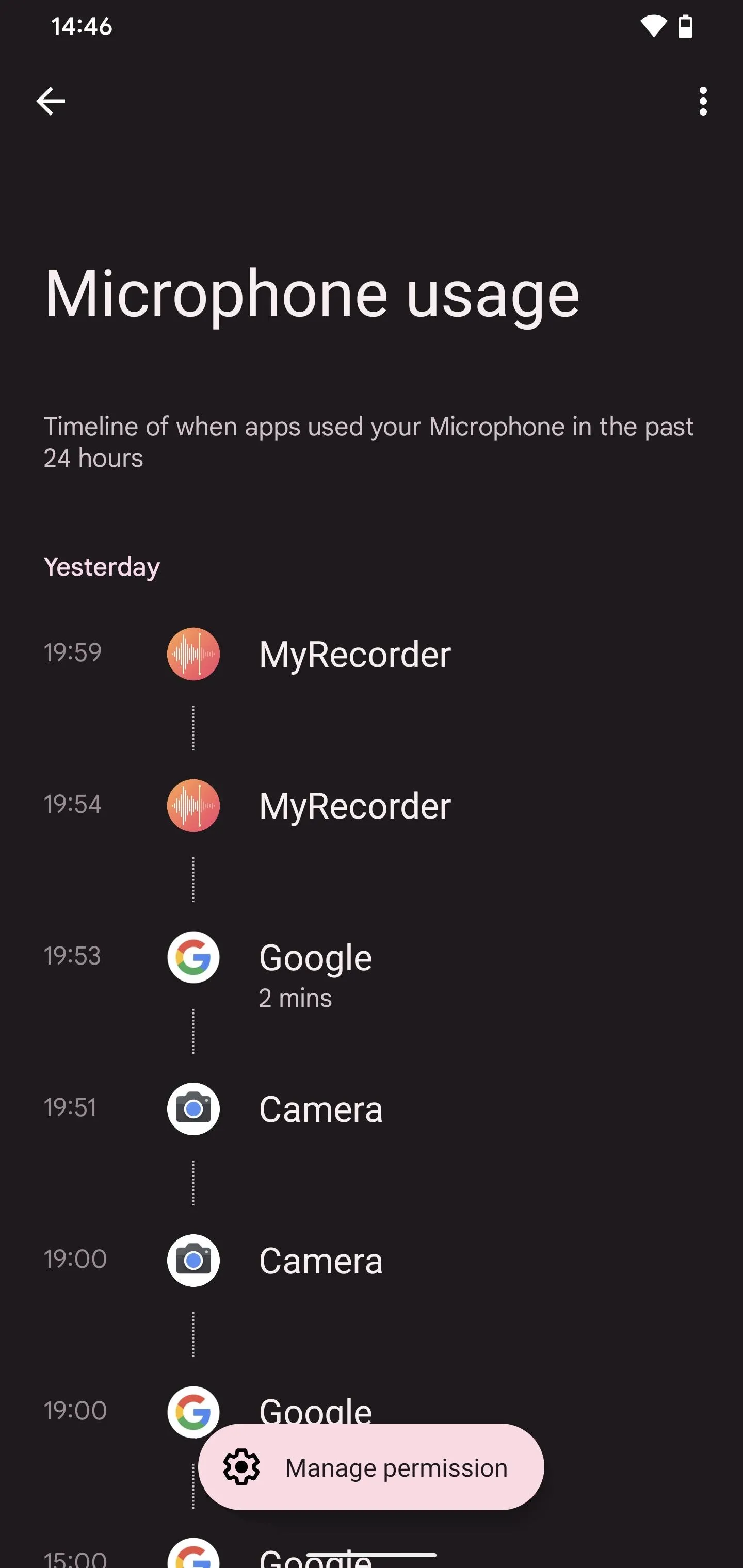
Google Pixel 4 XL (left) vs. Samsung Galaxy S20 Ultra 5G (right).


Google Pixel 4 XL (left) vs. Samsung Galaxy S20 Ultra 5G (right).

Tapping an app name in the timeline will open the permissions for that app (or give you a link to open up all the app's permission on a Galaxy model). You can also hit the "Manage permission" button at the bottom (or "See all apps with this permission" on a Galaxy model) to see all the apps that are allowed and not allowed to access the item, in our case, either the microphone or camera.
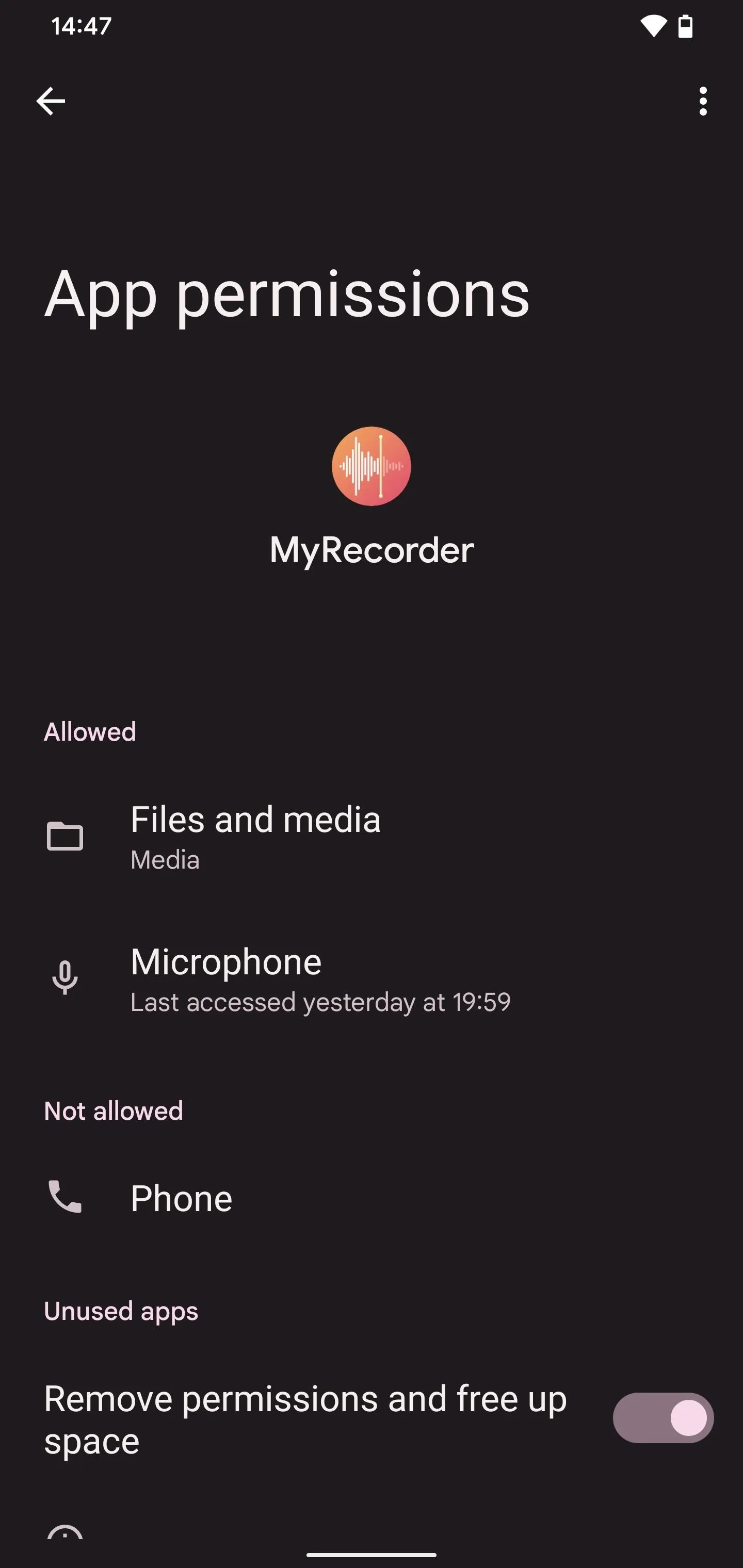
Google Pixel 4 XL (left) vs. Samsung Galaxy S20 Ultra 5G (right).
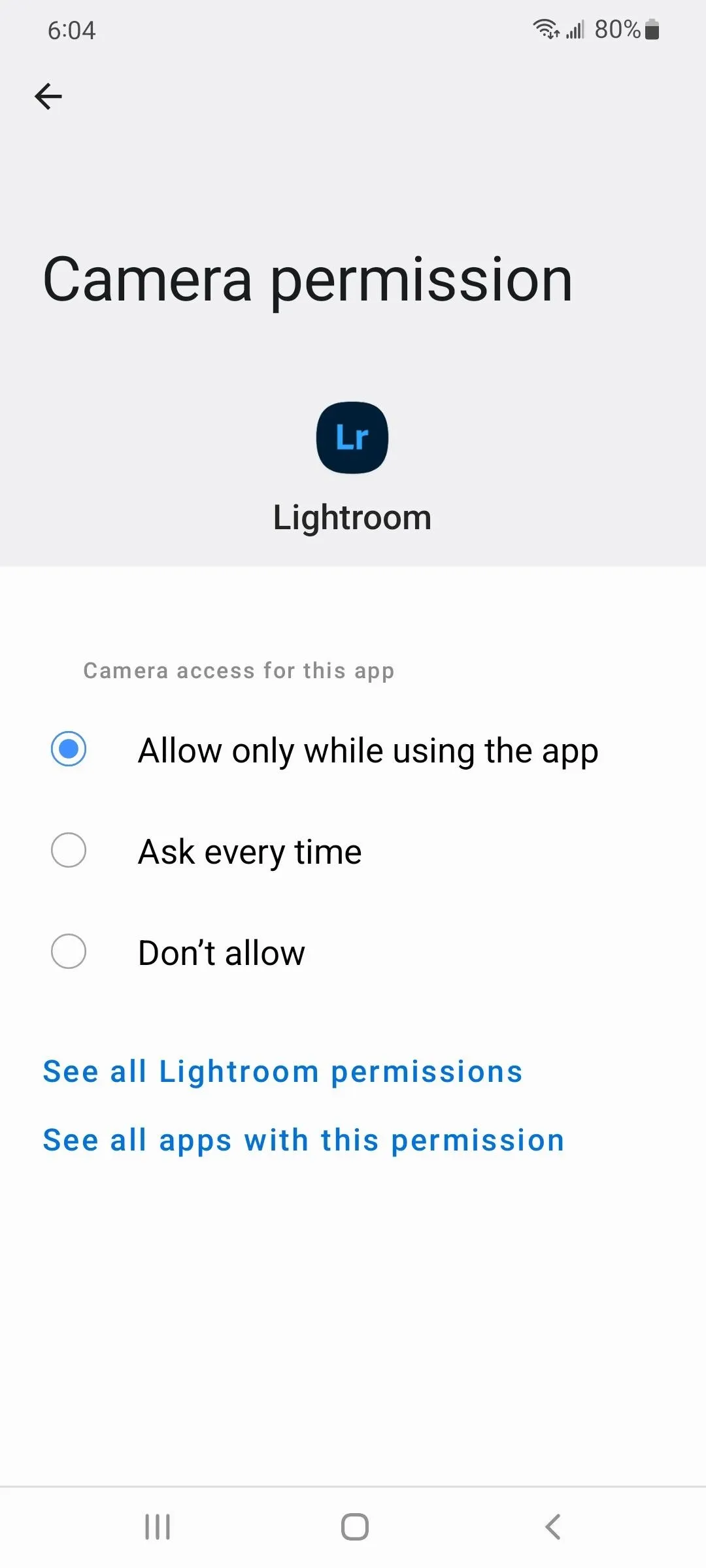

Google Pixel 4 XL (left) vs. Samsung Galaxy S20 Ultra 5G (right).

If you select a feature that wasn't used within the last 24 hours from the main privacy dashboard screen on a Google Pixel model, it will also show you all the apps that are allowed and not allowed access to it. However, you'll see the timeline on a Galaxy model.
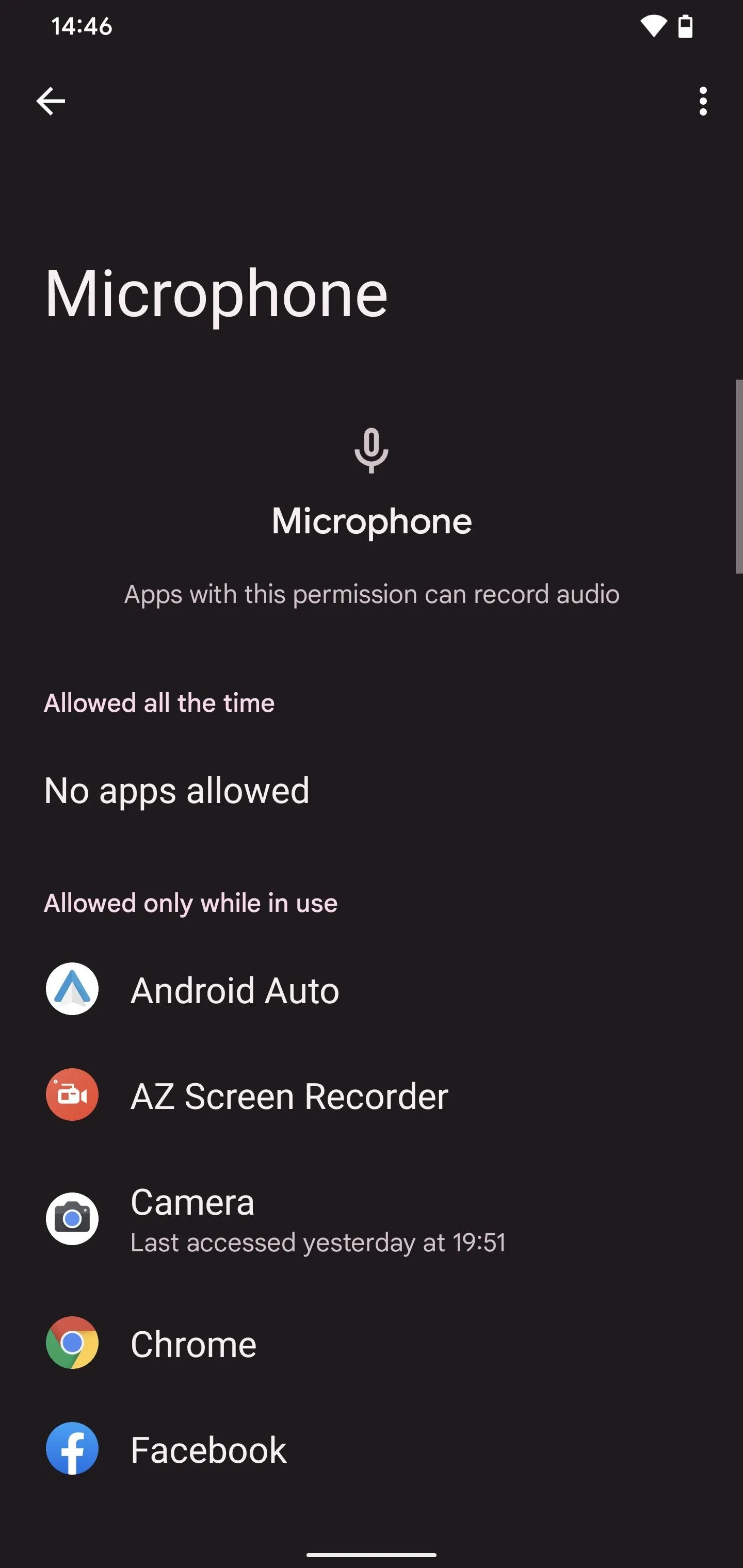
Google Pixel 4 XL (left) vs. Samsung Galaxy S20 Ultra 5G (right).
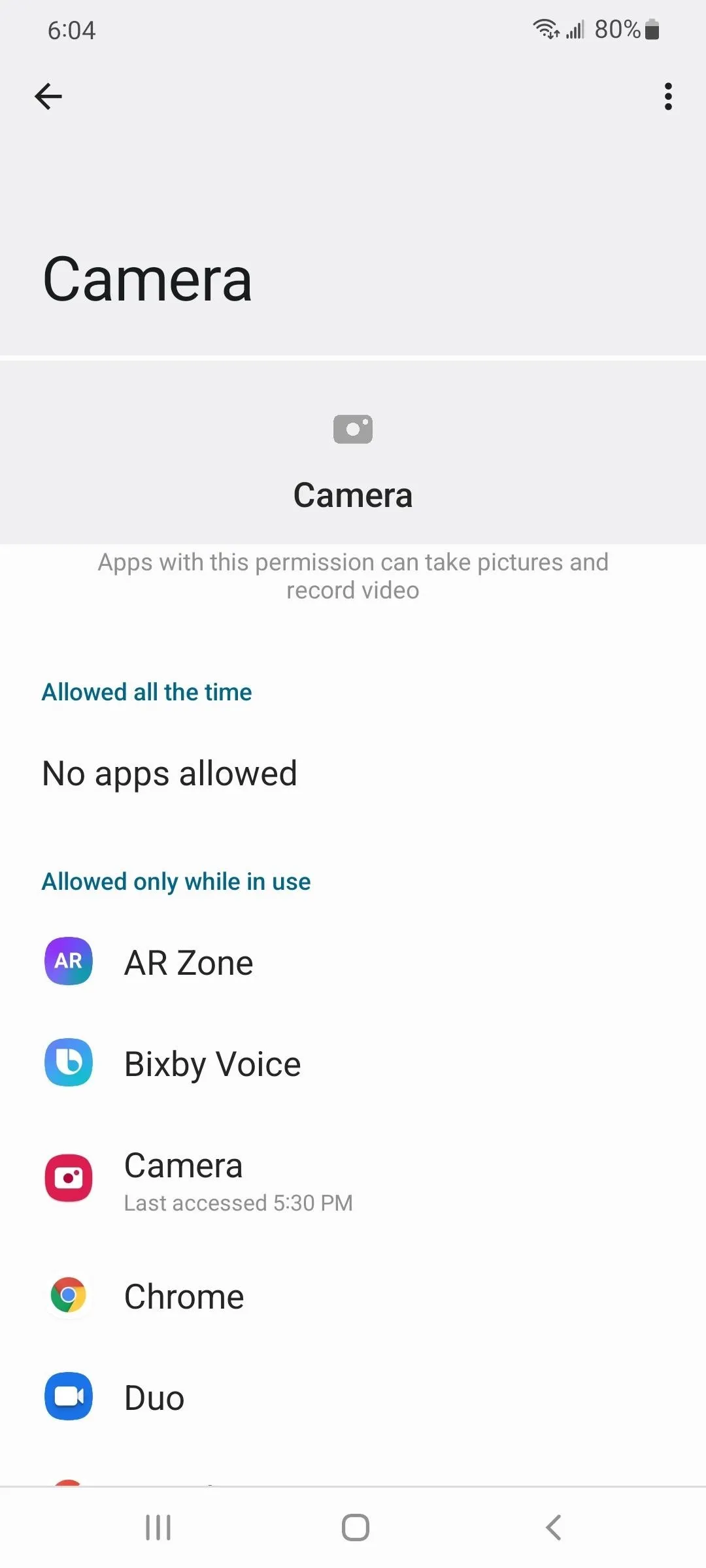

Google Pixel 4 XL (left) vs. Samsung Galaxy S20 Ultra 5G (right).

From any page in the privacy dashboard, tap the vertical ellipsis at the top, then "Show system" or "Show system apps" if you want to see all of the behind-the-scenes apps in the list too.
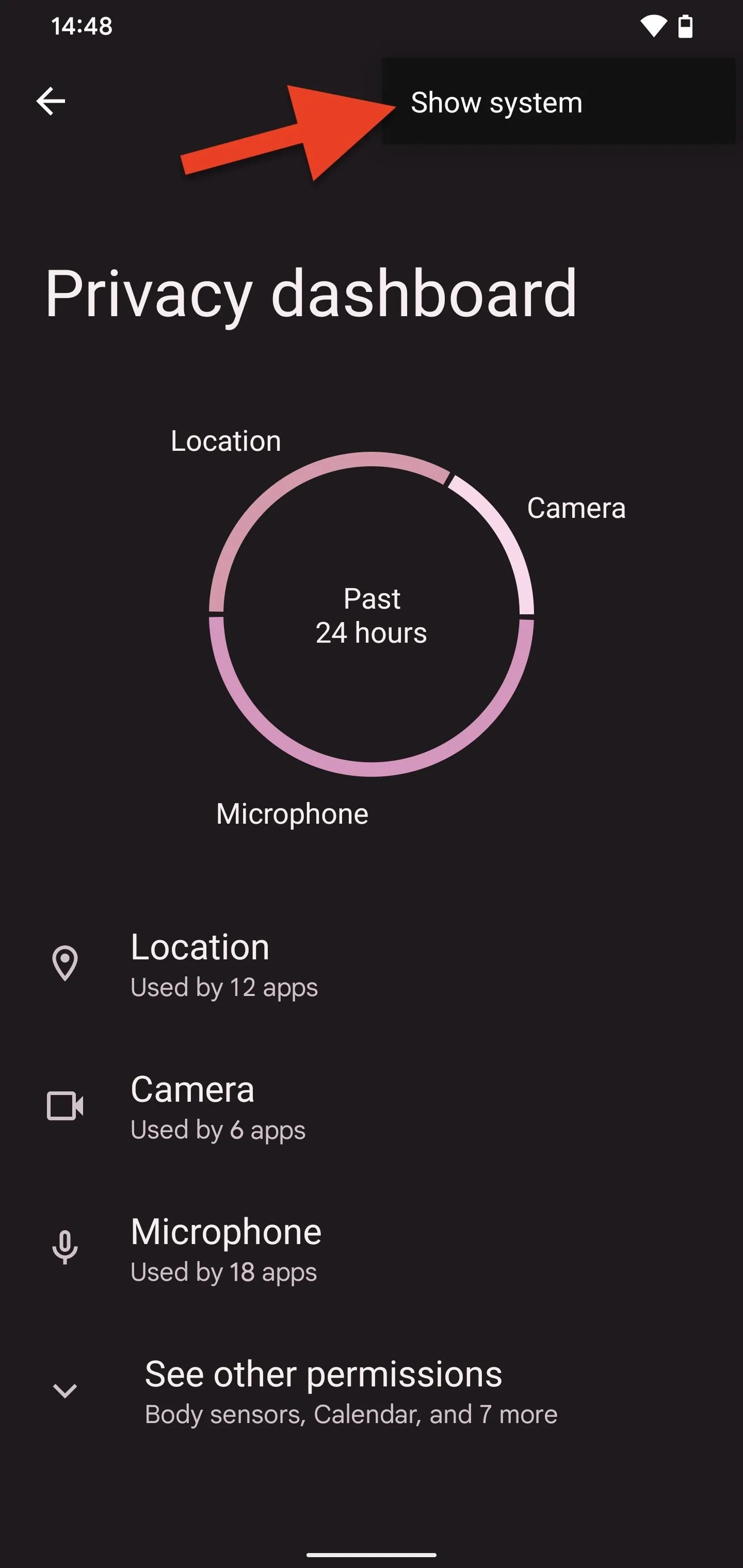
Google Pixel 4 XL (left) vs. Samsung Galaxy S20 Ultra 5G (right).


Google Pixel 4 XL (left) vs. Samsung Galaxy S20 Ultra 5G (right).

It's possible a malicious app could infiltrate your device as a system app, but it's less likely.
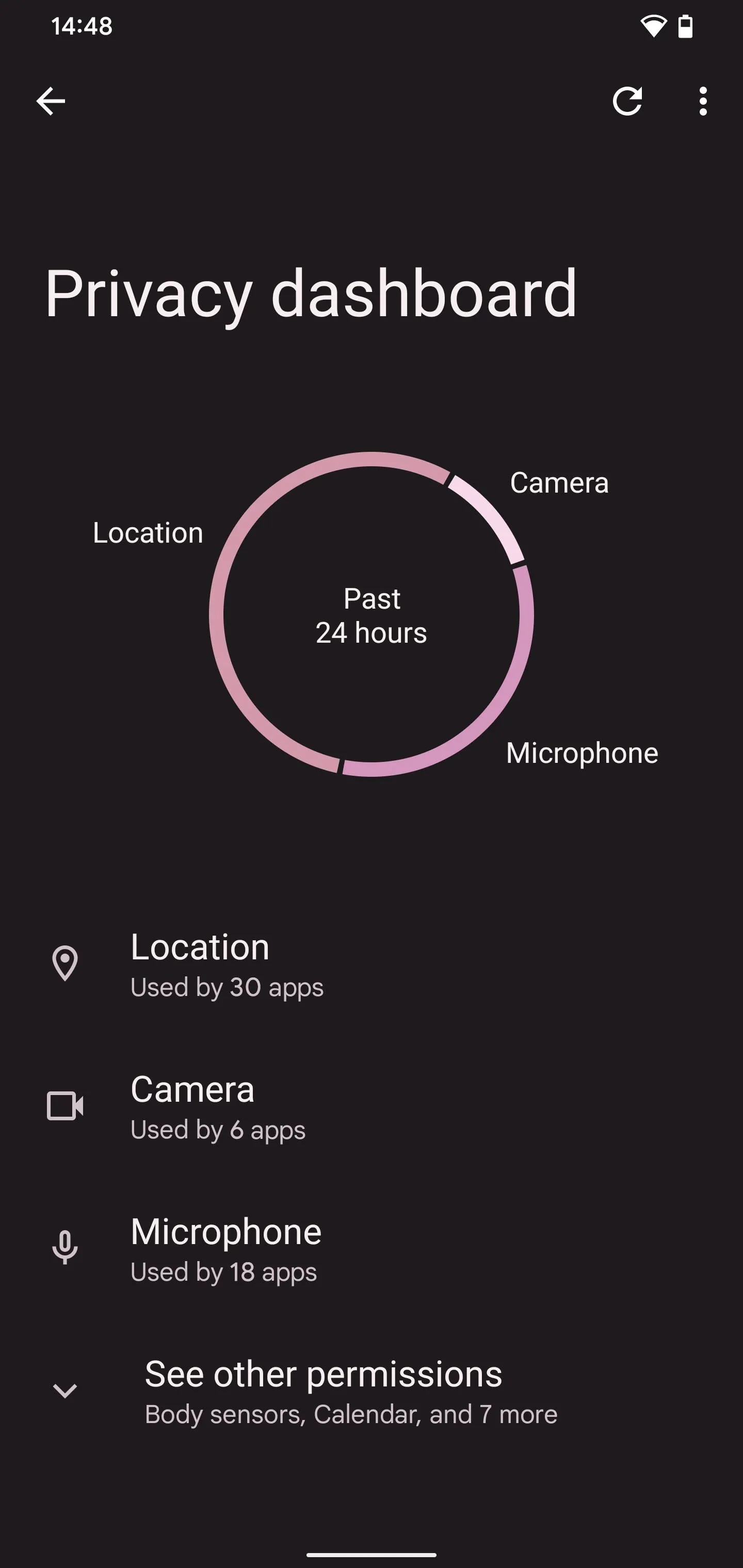
Google Pixel 4 XL (left) vs. Samsung Galaxy S20 Ultra 5G (right).
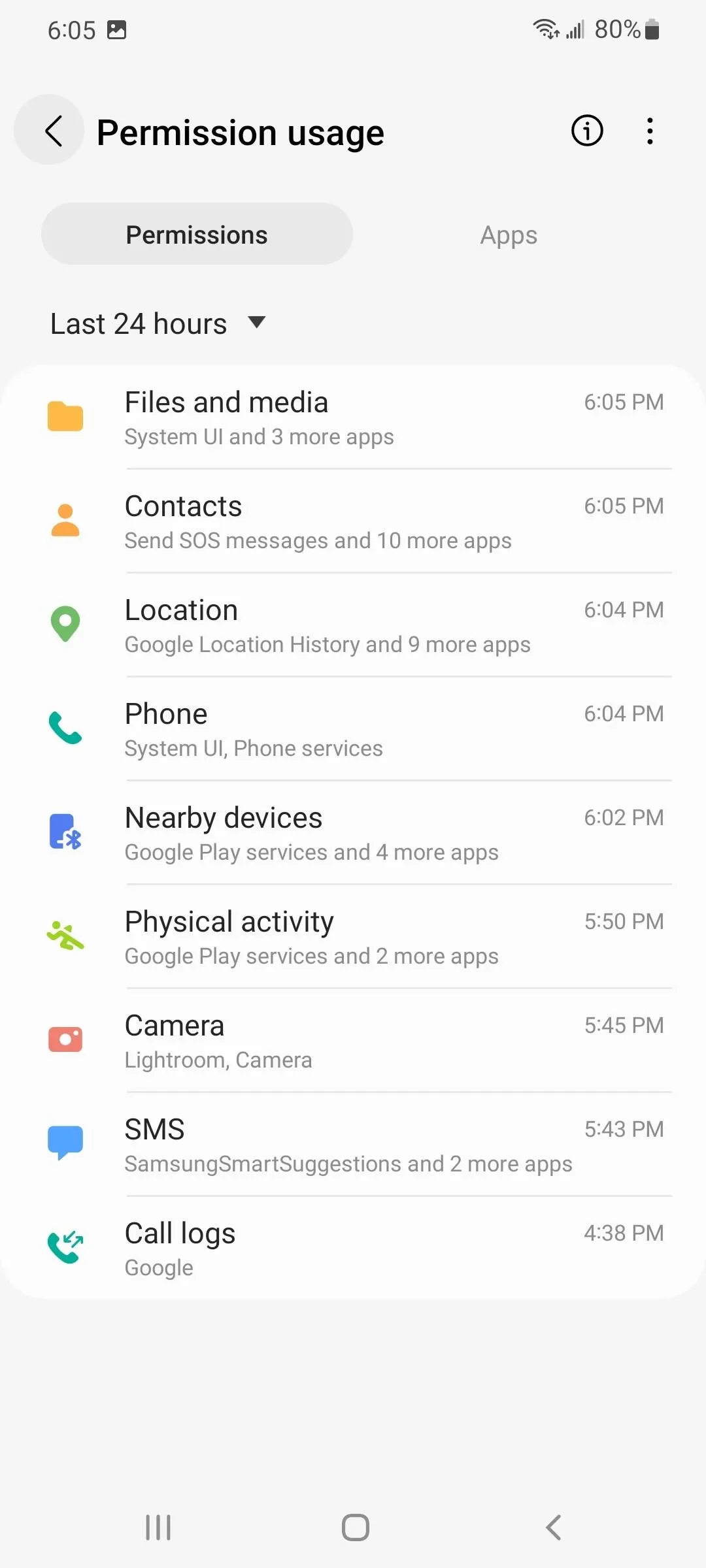

Google Pixel 4 XL (left) vs. Samsung Galaxy S20 Ultra 5G (right).

Turning Off Camera and Microphone Access
As seen above, there are multiple ways to check or take away an app's permissions. On stock Android 12 on a Google Pixel model, below are just a few options. On devices from other OEMs, it may differ.
- Tap the privacy indicator, then go to [App's Name] –> Camera or Microphone –> Don't Allow or Ask every time.
- Tap "Camera" or "Microphone" from the privacy dashboard if they've been used within the last 24 hours, then go to [App's Name –> Camera or Microphone –> Don't Allow or Ask every time.
- Tap "See other permissions" from the privacy dashboard, then go to –> Camera or Microphone — [App's Name] –> Don't Allow.
- Tap "Apps" from Settings, then go to [App's Name] –> Permissions –> Camera or Microphone –> Don't Allow or Ask every time.
- Long-press the app on the home screen or app drawer, then go to App info –> Permissions –> Camera or Microphone –> Don't Allow or Ask every time.
To disable microphone or camera access to all apps temporarily:
- Go to Settings –> Privacy, then toggle off "Camera access" or "Microphone access."
- Open your Quick Settings, tap the pencil icon to edit the layout, and drag and drop "Camera" or "Microphone" from the bottom section to the top. From now on, you can open your Quick Settings and tap either "Camera" or "Microphone" to block access to them.
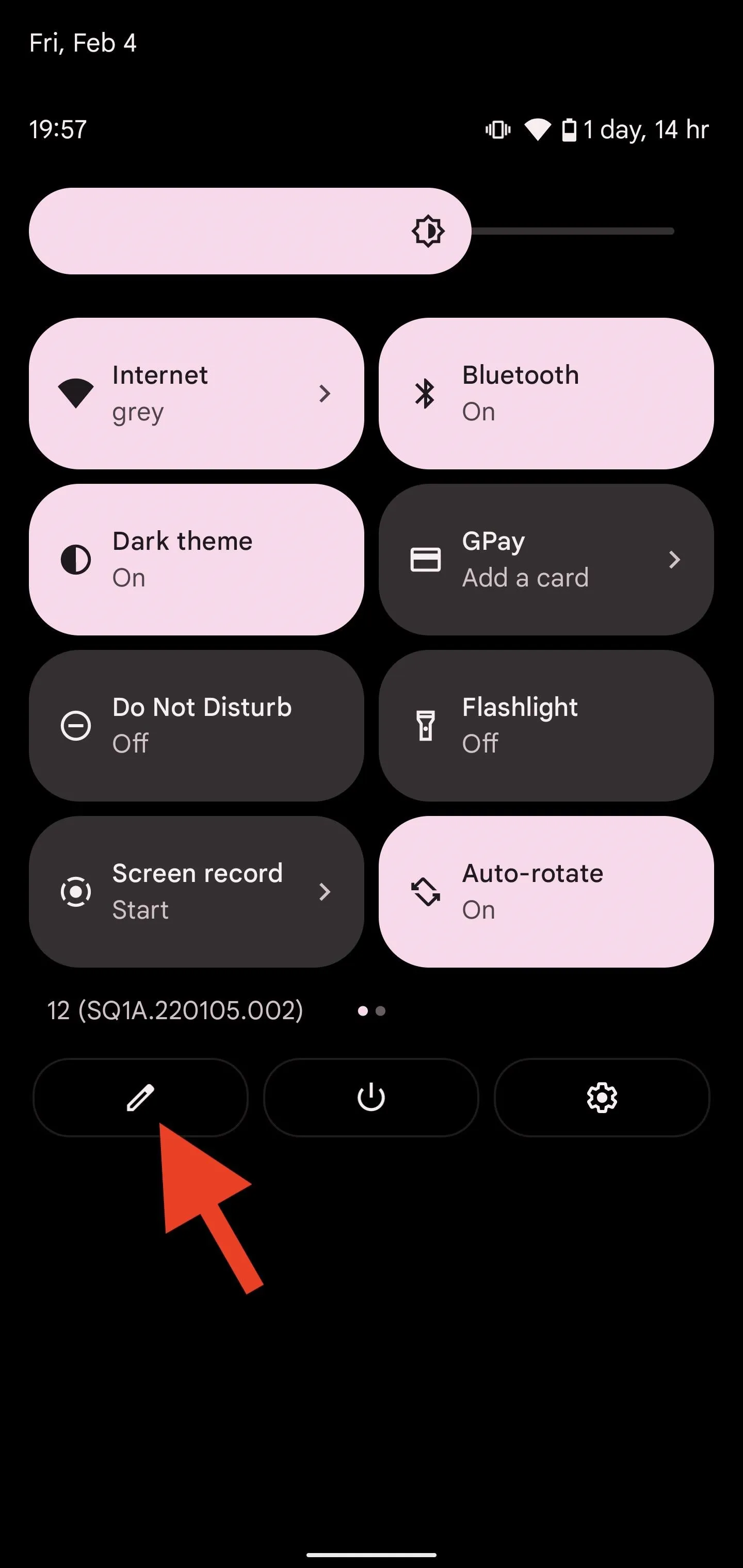
Adding the toggles to the Quick Settings on a Google Pixel 4 XL.

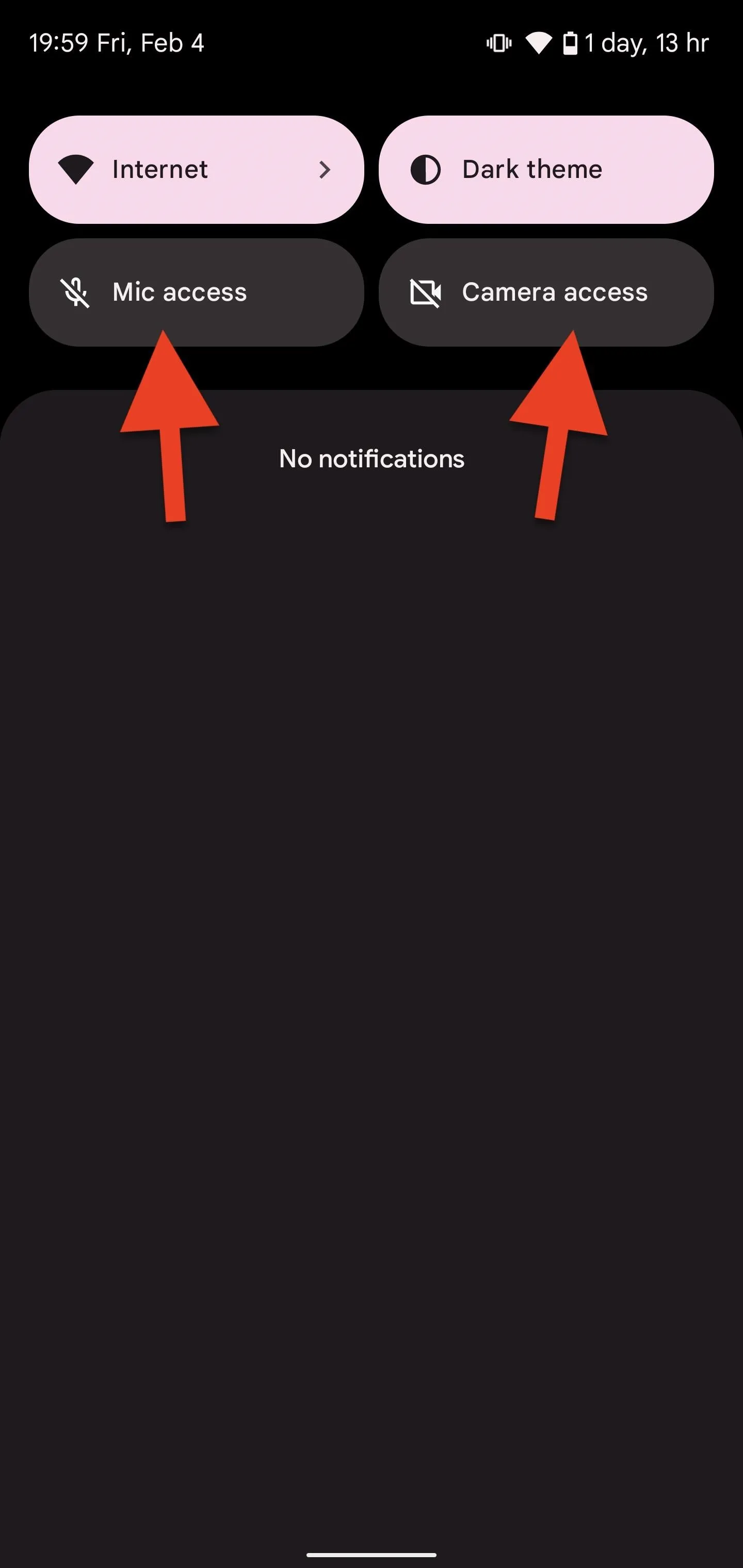

Adding the toggles to the Quick Settings on a Google Pixel 4 XL.


Cover photo and screenshots by Justin Meyers/Gadget Hacks






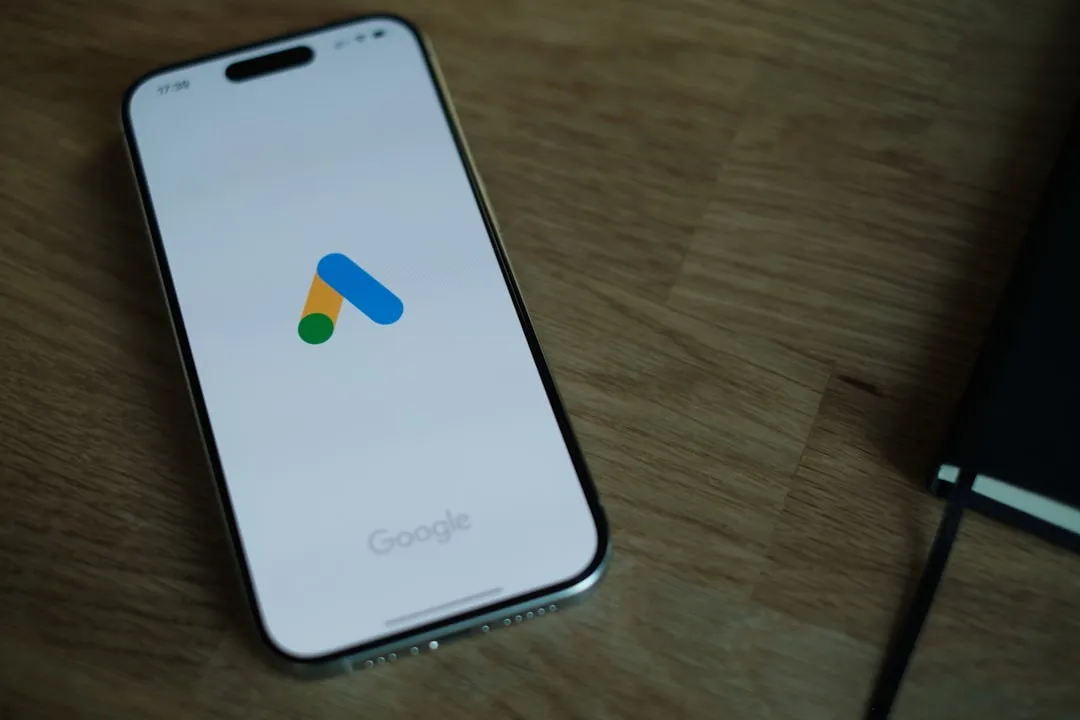

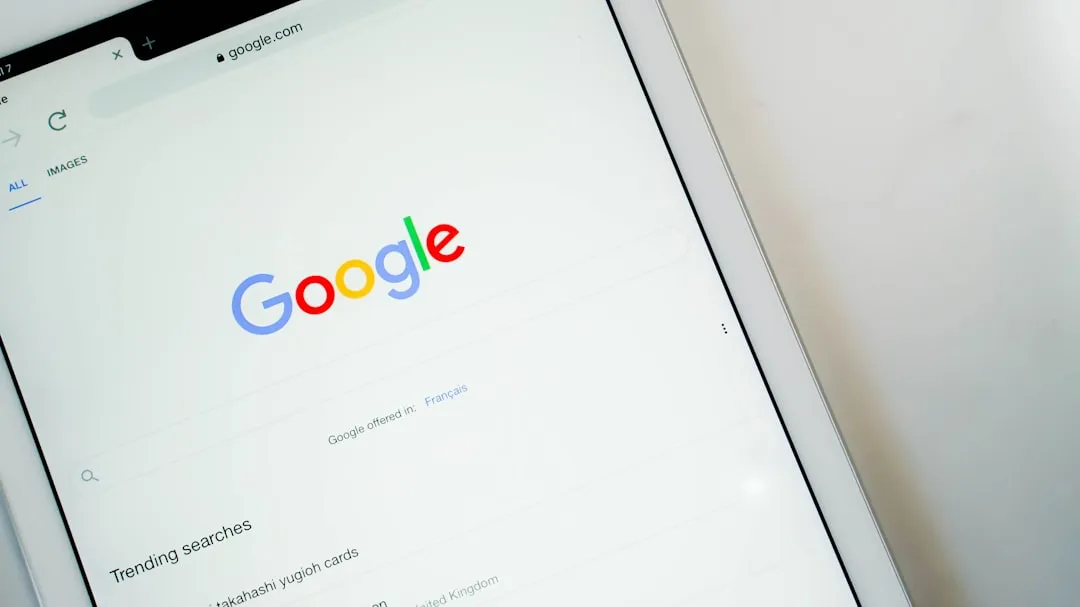














Comments
Be the first, drop a comment!